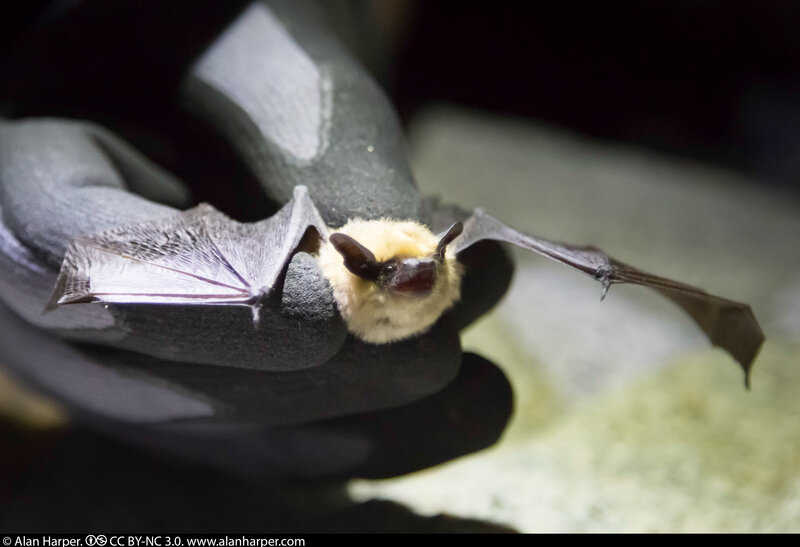The case of hemorrhagic fevers, as well as HIV, plague, flu pandemics, leprosy, and many other diseases, shows that, in several cases, deadly infectious agents evolve inside animal organisms, up until some mutation emerges by chance, causing them to acquire, not only the ability to infect human beings, but also to spread from one person to another. How many of these “ticking bombs” exist on the planet? In other words, how many infectious agents could become new threats to humanity? Supposedly, at least thousands; although it is difficult to make a precise estimate. Most of these will probably never become a real danger, but just as likely one will.
The ideal, for us humans, would be to prepare in advance and hopefully be ready for the emergence of new infectious agents; ready to hit it with the right bullet just before it has time to take over. It sounds like science fiction, and in part it is; yet, there are those who work precisely in this direction. They are the researchers engaged in the very ambitious PREDICT project, supported by several US universities and institutions. PREDICT aims to classify the microbes in animals and to identify those that could become dangerous for our species, so as not to be caught unprepared. Seen in this way, it is a superhuman feat; something akin to the search for a needle in a haystack. Of course, it is inevitable to narrow down the field, focusing first and foremost on the species that have proven to be particularly suitable as incubators for pathogens transmissible to humans.

Copyright: © 2013 Alan Harper. CC BY-NC 3.0.
Kevin Olival, for example, is a virus hunter who participates in PREDICT; he talked about his work in an interview published in the magazine of the Smithsonian Institution, one of the entities participating in PREDICT. Olival combs the forests located in the southern part of the Indonesian island of Sulawesi in search of bats and flying foxes from which he collects blood and tissue samples. These are then sent to specialized laboratories, where they are analyzed for traces of suspected viruses. At least one-thousand have already been identified, many of which could have the potential to evolve into enemies for our species.
This type of research is also used to make predictions about which places in the world are most likely to have a higher concentration of infectious agents that could give rise to a health emergency, and which species would host them. “We are trying to improve the crystal ball, which is very murky,” as stated in the same article by Jonna Mazet, General Director of PREDICT, and Epidemiologist at the University of California at Davis.
Then there is dengue fever, the cases of which—according to WHO—have increased thirty times in the past 30 years. It is not always correctly diagnosed, but it is estimated that it affects 96 million people per year; almost four billion distributed in 128 countries would be at risk of contracting the disease. It is estimated that half-a-million people per year develop the infection in such a severe form as to require hospital assistance, although targeted therapies do not exist. The victims are many thousands each year, especially children.
Then there are countless other mosquito-borne diseases, such as yellow fever, West Nile fever, and Zika, which— for now—is considered dangerous only if it affects pregnant women because it causes damage to the unborn child. The most diverse strategies have been devised to counter mosquito-borne diseases, the most drastic of which is to exterminate mosquito species capable of transmitting various diseases; at least where their presence causes more damage. To achieve this goal, one possibility would be to use genetic modifications to make them sterile, and therefore, unable to multiply. Exterminating a species is an option that is rarely taken into consideration, because it means altering the ecosystem. Yet, the danger posed by some species of mosquitoes is so great that the hypothesis is being considered.
In addition to the new infectious agents that animals could “package” for us, there are many that different species can transmit and that are already perfectly adapted to take control of our organism. Many of these are conveyed by mosquitoes; that is the reason they have been defined by the World Health Organization (WHO) as “one of the most lethal animals in the world”. Not all mosquitoes actually; of the approximately 3000 existing species, “only” about onehundred can transmit diseases to us. However, the damage done is enormous, for example, malaria still kills over 400,000 people a year, more than nine out of ten in Africa.

Copyright © The Regents of the University of California, Davis campus. All rights reserved.
Extracted from Barbara Gallavotti (2019). Le grandi epidemie, come difenderci, “Tutto quello che dovreste sapere sui microbe” (The great epidemics, how to defend ourselves, “All what you should know about microbes”). Published by Donzelli Editore.
Original article published in SCIplanet magazine, Winter 2020 issue.
Banner image copyright: SIMON TOWNSLEY
Banner image source: PREDICT Consortium. Advancing Global Health Security at the Frontiers of Disease Emergence. One Health Institute, University of California, Davis, December 2020, 596 pp.